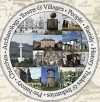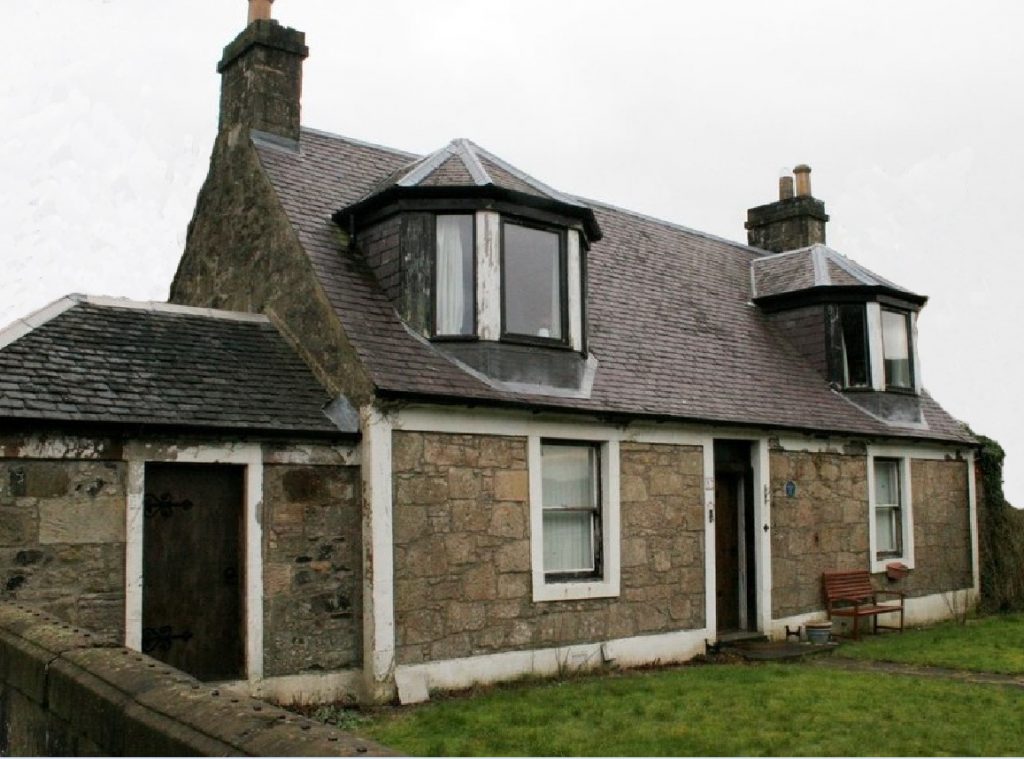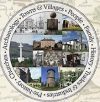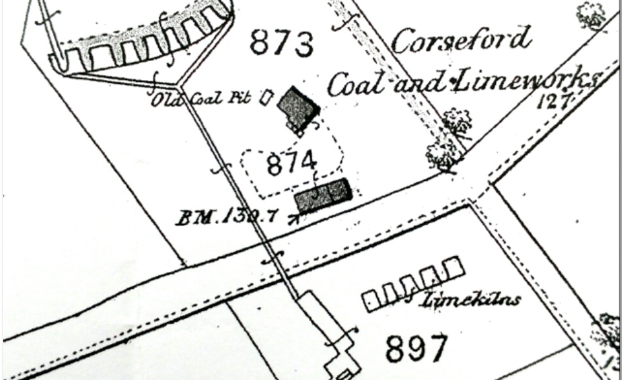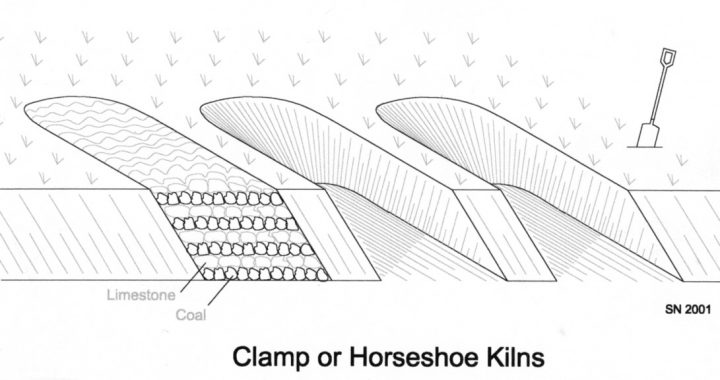The radical rising of 1820, when weavers John Lang of Kilbarchan and John Speirs of Johnstone were accused of high treason, was a time of particular danger to workers in cotton mills in Glasgow and Renfrewshire. This was because, at a time when the price paid for spun yarn had fallen, mill owners had been forced to cut spinners’ wages to keep their businesses viable. This led to some of their workforce downing tools and to the employers engaging a new cohort of spinners at the lower rate of pay.
Mayhem ensued! The cotton trade came under the control of a secret conspiracy among the former workforces. The leaders of the conspiracy had total control over the masters and by ‘violent and nefarious means’ forced them to appoint a new workforce, chosen by the conspirators, and to pay higher wages.
Particularly vicious attacks on spinners who had chosen to work at the lower rate occurred in Johnstone and Elderslie. The first victim was Alexander Fisher, a spinner in William King, senior’s cotton mill in Johnstone. Twice in 1820, his dwelling house was attacked by gun-fire. On the first occasion the shot spread window-glass into the bed where his children slept. On the second occasion the gun shot hit the ceiling with no injury to the family. But the attacks continued. In November on his way to work two men waylaid and viciously threw vitriol in his face and chest causing him the loss of sight in his left eye. Despite this, he went back to work to support his large family. Another attempt on his life was made on 14th December when Alexander was at work in the mill and two shots were fired at him. But fortunately they fell short and struck the wall.
Brothers, Peter and Arthur Dorran, were spinners in William King, senior’s cotton mill in Elderslie. They, too, were victims of attacks in December 1820. On a road crowded with men, women and children returning home from the mill, Peter was attacked by three villains and had vitriol thrown on his face. He was unable to return to work to support his family. His brother, Peter, was fired while at work in the mill.
The homes of Rae and Muir, two spinners at Watts, Logan and Company in Johnstone, were also attacked by gun-fire in December, 1820. On New Year’s Day, 1821, James Henderson, another spinner at Watts, Logan and Company, was returning home with his wife and family. James was carrying one of his children on his back when a man with the intention of shooting him pointed a pistol at his heart and fired. Fortunately, the pistol misfired and James and the child on his back were uninjured. After this incident the attacker was arrested.
These horrific incidents spread fear and terror among law-abiding citizens whose only desire was to work to support their families.
© 2018 Helen Calcluth, Renfrewshire Local History Forum

